The top priority for the new energy vehicle industry is to achieve 'technological equality' as soon as possible
![]() 09/29 2024
09/29 2024
![]() 602
602
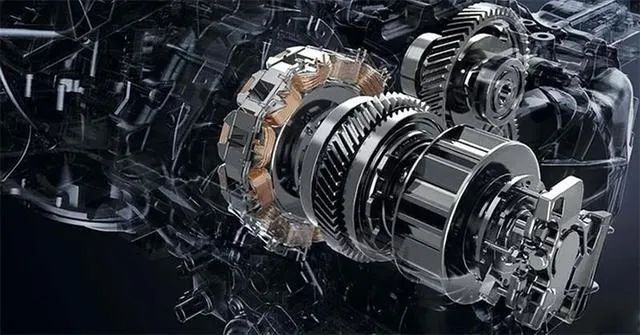
Introduction
China's new energy vehicle industry aspires for more equitable and comprehensive development.
The Toyota Prius equipped with the fifth-generation hybrid technology recently set a new world record.
Earlier this month, Wayne Goldthwaite, a seasoned participant in the American Hypermiling Challenge, embarked on a journey across the United States from Los Angeles City Hall on the West Coast, driving a Toyota Prius equipped with the fifth-generation hybrid technology. The total distance traveled has reached 5,168.73 kilometers. During the journey, the Prius traversed mountainous highways with altitudes exceeding 2,000 meters and entered regions with temperatures exceeding 40°C.
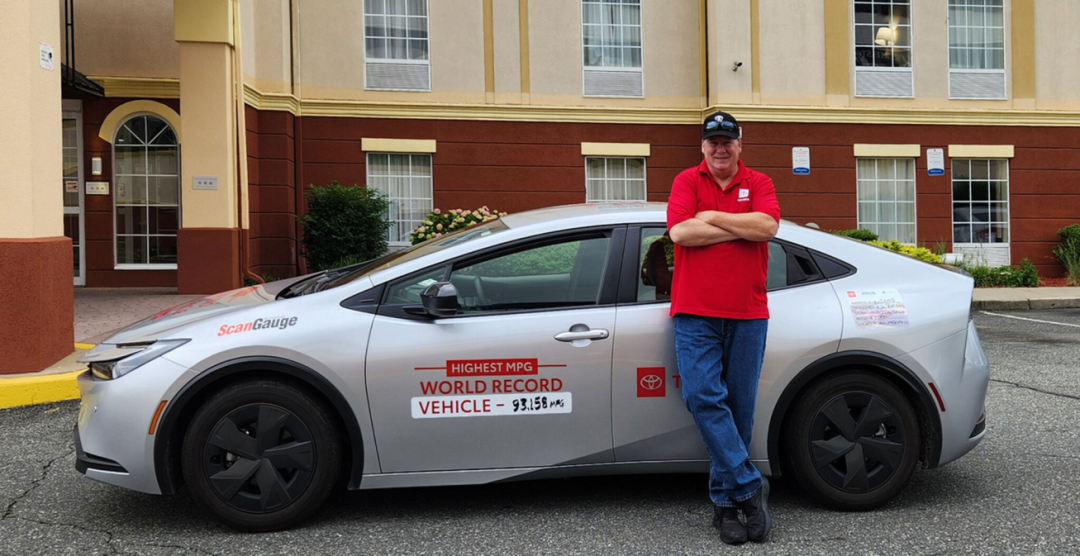
Image | Wayne Goldthwaite and his Prius, with the number on the driver's side door indicating the maximum miles per gallon of fuel – constantly refreshed throughout the journey, steadily decreasing
The purpose of this journey, akin to the essence of Hypermiling, was to explore the limits of fuel efficiency in ordinary mass-produced vehicles. Wayne and his Prius succeeded in doing so, as the average fuel consumption throughout the journey was reduced to 94.993 miles per gallon of fuel – equivalent to 39.605 kilometers per liter of fuel, or 2.52 liters per 100 kilometers.
This achievement set a new Guinness World Record for Fuel Efficiency, making Wayne Goldthwaite and his Prius the new record holders.

Image | This Guinness fuel efficiency record is well-deserved, as it requires not only an efficient power system and well-matched vehicle body but also exceptional fuel-saving skills from the driver
How impressive is this data?
To put it in a more tangible way, based on the current national standard gasoline price of RMB 7.33 per liter for 92-octane gasoline, Wayne's entire journey cost just RMB 0.185 per kilometer in fuel expenses, less than 20 cents.
This leads me to ponder a question –
Hybrid electric vehicles (HEVs), like the Prius, which use a combination of gasoline and electric power, are not eligible for the green license plate treatment enjoyed by their plug-in hybrid electric vehicle (PHEV) counterparts with large-capacity batteries. Instead, they are classified as conventional gasoline vehicles and are issued blue license plates in China.
This is a regret for the green license plate policy, which has been in place since 2016 with the intention of promoting energy conservation and emission reduction to support the development of the new energy vehicle industry.
Historical Issues with the Green License Plate Policy
Overall, China's new energy vehicle policy has been successful.
However, like all large and enduring industrial policies, there are still aspects that are open to debate. A notable example is the exclusion of HEVs from the definition of new energy vehicles.
This has directly resulted in HEVs, which meet policy objectives in terms of energy conservation and emission reduction, being lumped together with conventional gasoline vehicles and denied the green license plate.
A typical example is the prevalent practice of converting gasoline vehicles into plug-in hybrids, which often boast exaggerated electric range and consume significantly more fuel than comparable gasoline vehicles when their batteries are depleted.
Times have changed. Currently, both national and local governments are increasing subsidies for vehicle replacements to accelerate the phasing out of old, high-energy-consuming vehicles and early-stage new energy vehicles with immature technology. In this crucial period of renewal, shouldn't we consider reclassifying HEVs?
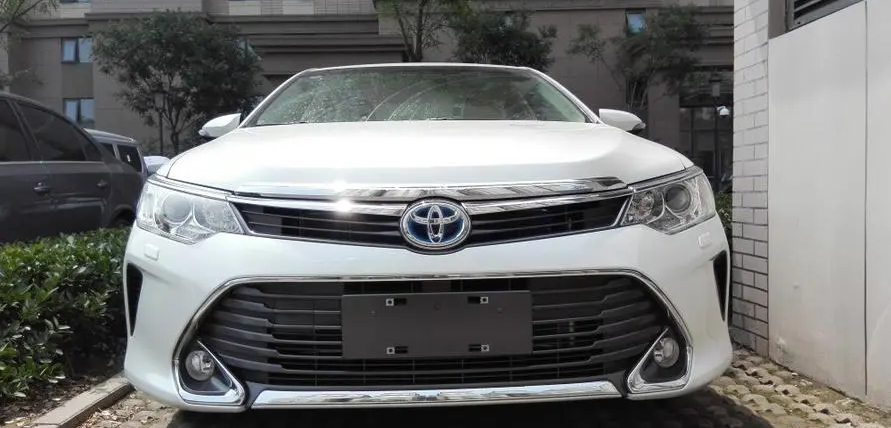
Image | Frankly speaking, for many residents of old urban areas who cannot install private charging stations due to constraints, choosing an HEV is the most sensible compromise. Unfortunately, the 'catalog' does not support it
A decade ago, the policy excluded HEVs from eligibility due to the need to protect and support domestic brands. However, today, with the comprehensive rise of domestic brands, it is debatable whether such measures that do not contribute to the national 'dual carbon' strategy are still necessary.
It is important to emphasize that the value of HEV technology to China's automotive market extends far beyond what has been mentioned above. In fact, for a country with a complex geographical environment spanning vast distances from north to south, HEVs offer the significant advantage of 'universal applicability'.
True Universal Hybrid Technology
'Hey, Housheng, why are you being so picky? It's like you want it all!'"
These words came from a taxi driver in Ulanqab, Inner Mongolia, in response to my casual question about suitable fuel-efficient and cold-resistant vehicles for the local climate conditions.
Due to work, I frequently travel to other provinces and cities, including Guangxi, Inner Mongolia, and even Heihe for ice driving tests at the beginning and end of the year. These trips have given me the opportunity to interact with drivers from various industries and witness diverse driving environments across the country.
The annual average temperature in this region is only 4.3°C, with summer lasting only from July to August and averaging no more than 20°C. Additionally, there are over 130 days with an average temperature below 0°C, and an average of 47-75 days with temperatures below -20°C. Driving an electric vehicle in such a region means facing a significant reduction in range for at least half of the year, which can be frustrating. When temperatures drop to -20°C to -30°C, range reductions of up to 60% or even 70% are possible. Plug-in hybrids and extended-range electric vehicles, on the other hand, are essentially heavy gasoline vehicles with additional weight.
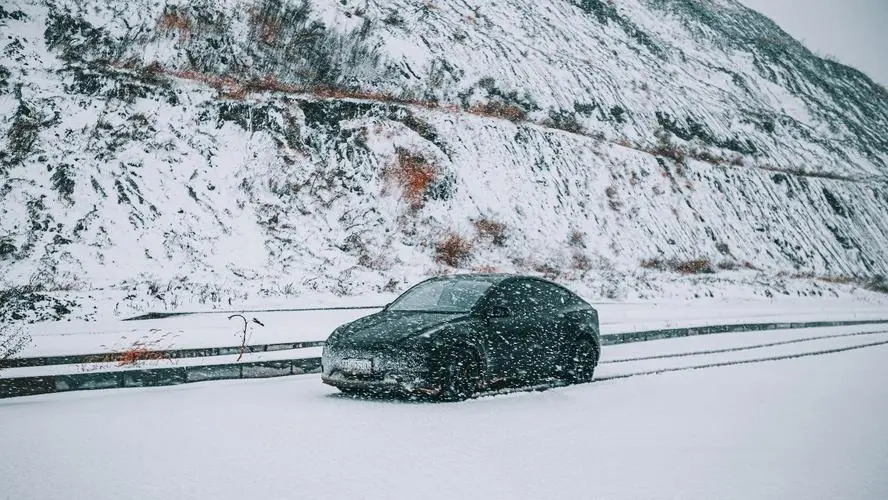
Image | Driving an electric vehicle in winter on the grasslands of Inner Mongolia is an abstract endeavor, as a 450km range battery can, in extreme cases, be reduced to the range of an electric bicycle with a large-capacity battery
However, this does not necessarily mean that hybrid vehicles cannot function well in such environments. In fact, after my "wanting it all" comments, the taxi driver gestured towards the roadside and said, "This car is unaffected by temperature, has plenty of power, and saves fuel." He was referring to a Toyota HEV.
For a vast and geographically complex country like China, regions with low temperatures throughout the year extend beyond Ulanqab. In fact, the entire Inner Mongolia Autonomous Region, as well as Gansu, Ningxia, Northeast China, Qinghai-Tibet Plateau, and Xinjiang, all experience cold climates where HEVs can excel.
Currently, China's new energy vehicle industry is booming. However, as mentioned earlier, the limitations of lithium-ion batteries restrict their use in China, which spans subtropical, temperate, and frigid zones.
To achieve comprehensive development of the new energy vehicle industry, we cannot focus solely on the eastern coastal regions of southern China. The existing policy should promptly relax restrictions on HEVs, as they are a perfect complement to pure electric and plug-in hybrid vehicles. Mistakes made a decade ago should not be repeated today.
Towards 'Technological Equality'
At this point, you may be eager to point out that while the shortcomings of pure electric and plug-in hybrid new energy vehicles were discussed in the context of battery limitations, HEVs also utilize battery modules.
Indeed, the kinetic energy recovered during downhill driving and braking needs to be stored temporarily in an energy storage medium, which is typically a battery in HEVs. It's worth noting that Toyota hybrids, unlike newer plug-in hybrids with increasingly large batteries, typically employ small-capacity battery packs. The stored energy is primarily used for vehicle acceleration and auxiliary power output during driving.
Furthermore, previous-generation Toyota hybrids used nickel-chromium or nickel-metal hydride batteries, known for their good low-temperature performance. While the latest generation has switched to lithium-ion batteries, their capacity remains modest at just 3kWh.
This means that even if battery degradation occurs, replacement costs are affordable, far from the alarming scenario of a RMB 200,000 battery replacement, equivalent to 60% of the vehicle's price. Additionally, in extreme cold conditions, even if battery capacity is reduced to 30%, the worst-case scenario is a noticeable decrease in the system's temporarily stored energy, which does not impede normal vehicle operation. These are evident advantages of Toyota hybrids.
As the domestic new energy vehicle market enters its mid-game phase, consumers and the market, having cooled down from the pure electric vehicle frenzy two years ago, have regained awareness of the diversity of new energy technology paths. The popularity of plug-in hybrids signifies recognition of the continued existence of internal combustion engines for the foreseeable future. Similarly, the merits of HEVs are being rediscovered by markets, consumers, and even domestic regulatory authorities.
Recently, good news emerged from Guangzhou.
In late May of this year, the Guangzhou Municipal Government issued the "Notice of the Guangzhou Municipal People's Government Office on Issuing the Measures for the Regulation and Control of Small Passenger Vehicle Quotas in Guangzhou," which clarified that "energy-saving vehicles" may be eligible for direct blue license plate registration without the need for a lottery.
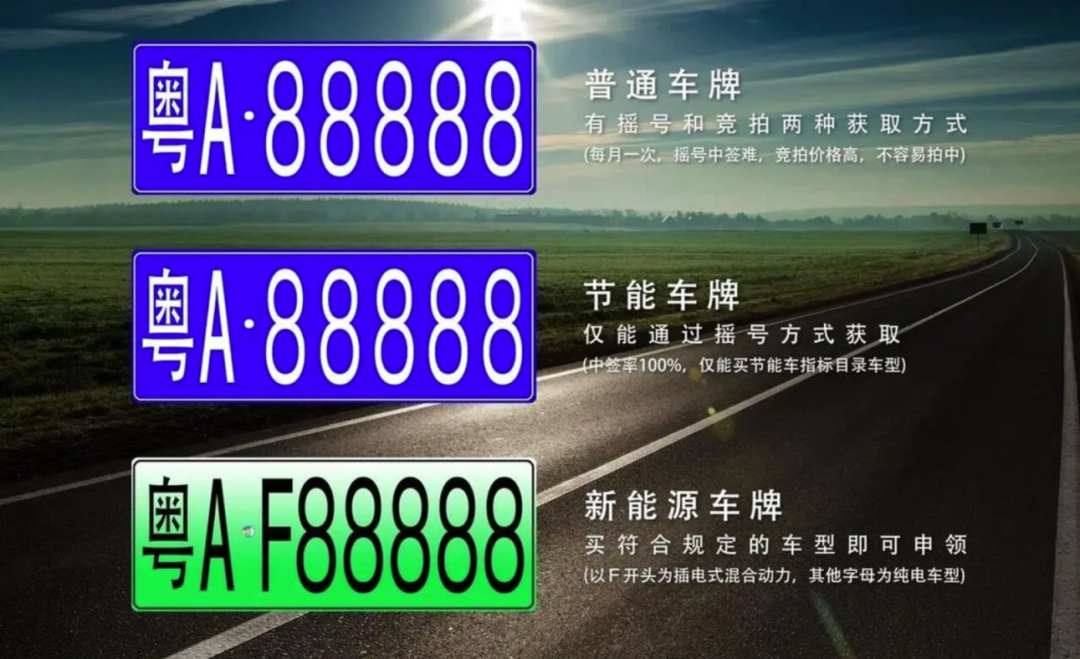
Image | Guangzhou's new license plate policy introduces an "energy-saving license plate," visually indistinguishable from a regular blue plate but purchased locally
When included in the "index catalog," such vehicles have a 100% chance of obtaining a license plate through the lottery. According to relevant regulations, HEVs are classified as "energy-saving vehicles" under the Notice, marking a significant step forward. However, it must be noted that the pace of change has been slow, and measures introduced are limited. Our top priority is to achieve 'technological equality' as soon as possible.
What is 'technological equality'? It refers to providing HEVs and new energy vehicles with equal policy support.
Last September, seven ministries and commissions, including the Ministry of Industry and Information Technology, jointly issued the "Work Plan for Stable Growth in the Automotive Industry (2023-2024)." Its significance lies in encouraging enterprises to explore technology paths such as hybrids and low-carbon fuels, guided by green and low-carbon principles.
Undoubtedly, the era when pure electric vehicles dominated the new energy vehicle technology landscape is coming to an end. After the initial breakthrough, a era of diversity is dawning. The Plan explicitly states that China's automotive industry, having experienced rapid growth since 2018, has reached a stage of proactive adjustment.
Hybrid and low-carbon fuels mentioned in the Plan are precisely what Toyota, a pioneer in HEVs, excels at. Since the debut of the first-generation Prius in 1997, Toyota's hybrid technology has evolved over 27 years to the fifth-generation intelligent electric hybrid system.
There is no need to doubt Toyota's prowess in this field, as its HEV models have sold over 27 million units globally, in over 90 countries and regions. Global customers have endorsed Toyota with their purchases.
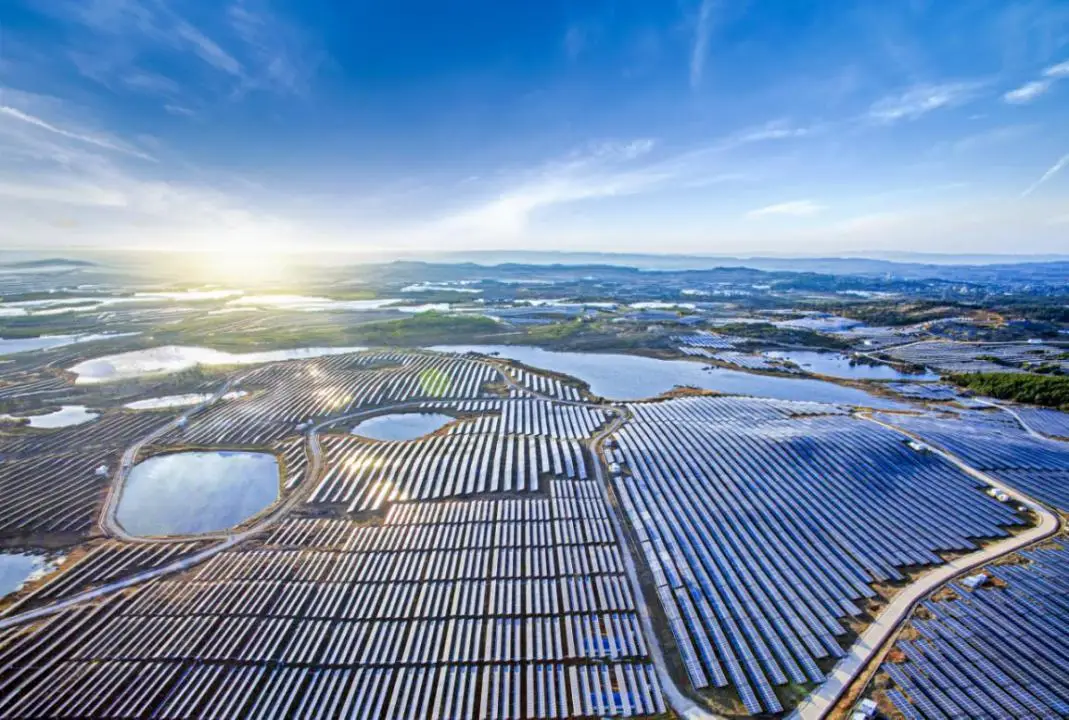
Image | Over a decade of relentless progress has propelled China's new energy industry, including new energy vehicles, to a world-leading position. Now, for sustainable growth, it is time to develop multiple technology paths and reinforce our foundations
In this new era, the top priority is to solidify the foundations of China's new energy vehicle industry, ensuring stable growth in the long run. Adjusting and patching up outdated policies is undoubtedly the most pressing task at hand.
The most crucial policy adjustment at this stage is to provide equal policy support for hybrids and new energy vehicles. Only in this way can we smoothly propel China's new energy vehicle industry towards its next stage of development.







